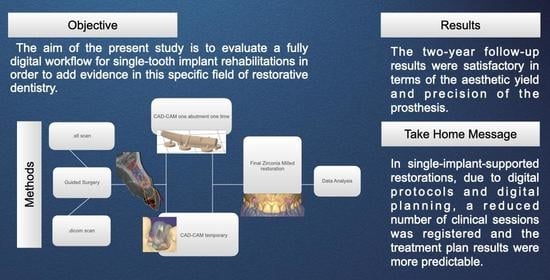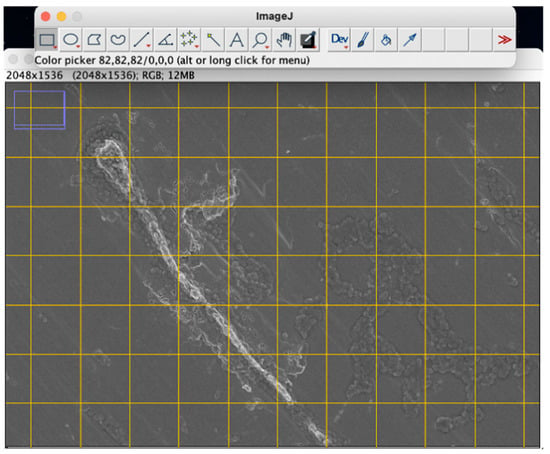Bio-Logic Approaches to Implant Dentistry
A topical collection in Dentistry Journal (ISSN 2304-6767).
Viewed by 6438Editors
Interests: bone regeneration; CAD/CAM prosthesis; digital planning; soft tissue integration
Special Issues, Collections and Topics in MDPI journals
Interests: dental implants; periodontal disease
Interests: peri-implantitis; biomaterials; antimicrobial surface decontamination, dental implants; biofilm; implant decontamination; antimicrobial mouthwash
Special Issues, Collections and Topics in MDPI journals
Interests: dental implants; periodontal disease
Interests: dental implants; periodontal disease; tissue regeneration; periodontal medicine; esthetic dentistry
Topical Collection Information
Dear Colleagues,
In recent decades, dental implants have offered both clinicians and patients an outstanding possibility to treat multiple or single missing teeth. Understanding the biological processes involved during all the phases of the treatment has made it possible to obtain a predictable osteointegration combined with great mucointegration. Numerous studies have analyzed the response to the different implant surfaces in terms of macro- and microtopography and from the chemicophysical point of view to enhance osteoblasts response and hinder bacterial growth, while other studies have proposed innovative surgical techniques in order to preserve cell vitality and increase bone to implant contact (BIC) to achieve faster and stronger integration of implant devices. Finally, new bone and tissue grafts have been used and analyzed in the case of moderate of severe bone resorption. Furthermore, from a prosthetic standpoint, several innovations, such as the introduction of new CAD/CAM materials, facilitate implant-supported restoration treatments. New materials such as zirconia have shown an incredible biocompatibility and tissue integration combined with optimal mechanical properties. In addition, it is mandatory to highlight the role of digital tools starting from the diagnosis, through planning and execution in order to reduce time, biological and economic costs, and improve performance and treatment reliability. Guided surgery protocols , with static and dynamic techniques, and digital impressions have made the workflow procedures more standardizable.
Prof. Dr. Luigi Canullo
Dr. Donato Antonacci
Dr. Piero Papi
Dr. Francesco Gianfreda
Dr. Bianca Di Murro
Dr. Carlo Raffone
Guest Editors
Manuscript Submission Information
Manuscripts should be submitted online at www.mdpi.com by registering and logging in to this website. Once you are registered, click here to go to the submission form. Manuscripts can be submitted until the deadline. All submissions that pass pre-check are peer-reviewed. Accepted papers will be published continuously in the journal (as soon as accepted) and will be listed together on the collection website. Research articles, review articles as well as short communications are invited. For planned papers, a title and short abstract (about 100 words) can be sent to the Editorial Office for announcement on this website.
Submitted manuscripts should not have been published previously, nor be under consideration for publication elsewhere (except conference proceedings papers). All manuscripts are thoroughly refereed through a single-blind peer-review process. A guide for authors and other relevant information for submission of manuscripts is available on the Instructions for Authors page. Dentistry Journal is an international peer-reviewed open access monthly journal published by MDPI.
Please visit the Instructions for Authors page before submitting a manuscript. The Article Processing Charge (APC) for publication in this open access journal is 2000 CHF (Swiss Francs). Submitted papers should be well formatted and use good English. Authors may use MDPI's English editing service prior to publication or during author revisions.
Keywords
- Dental implant surfaces
- Osteointegration
- Bone and soft tissue graft
- Dental implant mechanical properties
- Case reports
- Digital implant dentistry
- Guided surgery
- Clinical studies
- Basic research
- Esthetic solution with dental implant
- Dental implant supported restorations
- Periimplantitis











